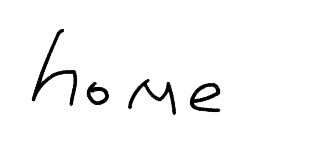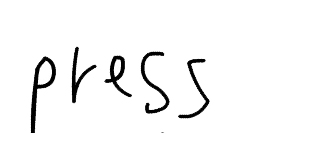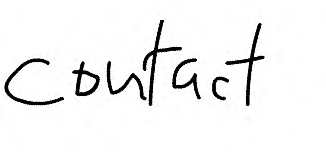The Cemetery Project
The Cemeteries of The Spanish and Portuguese Synagogue Shearith Israel In the city of New York 1656-1851
A photographic essay
Background
Shearith Israel was the only Jewish congregation in New York City from 1654 until 1825. During this entire span of history, all of the Jews of New York belonged to the congregation. Shearith Israel was founded by 23 Jews, mostly of Spanish and Portuguese origin, who had been living in Recife, Brazil. When the Portuguese defeated the Dutch for control of Recife, the Jews of the area left. Some went back to Amsterdam, others to places such as St. Thomas, Jamaica, Surinam and Curacao. One group of 23 Jews, after a series of accidents, ended up in New Amsterdam. They were not welcomed by Governor Peter Stuyvesant, who did not like the idea of Jews being allowed to settle here.
However, these Jewish individuals fought for their rights and won permission to settle here. During the colonial days, the Jewish community was relatively small. Members of Shearith Israel played an important role in civic life from the earliest times. Many of the congregants served the cause of the American Revolution.
The earliest Jewish cemetery in the U.S. was recorded in 1656 in New Amsterdam where authorities granted the Shearith Israel Congregation “a little hook of land situated outside of this city for a burial place.” Its exact location is now unknown. The Congregation’s “second” cemetery, which is today known as the FIRST cemetery because it is the oldest surviving one, was purchased in 1683.
The First Cemetery located at St. James Place just off Chatham Square in what is today Chinatown. This cemetery dates to 1683.
“New Bowery Cemetery ” The Second Cemetery is much smaller than it originally was. Burials began here in 1805, in what was a much larger, square plot extending into what is now the street. The Commissioners’ Plan had established the city’s grid in 1811, but not until 1830 was West 11th Street cut through, at that time reducing the cemetery to its present tiny triangle.
The disturbed plots were moved further uptown to the Third Cemetery on West 21st Street.
In 1852 city law forbade burial within Manhattan, and subsequent interments have been made in Queens.
The Project:
For over a year and half I have been photographing the three cemeteries extensively.
The rarity of the cemeteries in the urban landscape of Manhattan, and the lack of any source of printed material, (except for one book ‘Portrait etched in Stone’ – by David de Sola Pool – Columbia University press, 1952 (out of print)), were my initial motivation for the project.
All the three cemeteries are locked, and open to the public only once a year
I documented it from the wayfarer point-of-view, which brings even more to the surface the dialogue between past and present, ‘the moment’ and eternity as one, in one of the most vibrant cities in the world
Cemeteries always are a great ‘story tellers’, let alone once they are located in and as part of the city.
Those three cemeteries are located in very active and vibrant parts of the city. The third cemetery, in Chelsea, is pretty big and clearly exposed to the street, yet since the surrounding is so active, it is miraculously, easily ignored by those who pass by.






